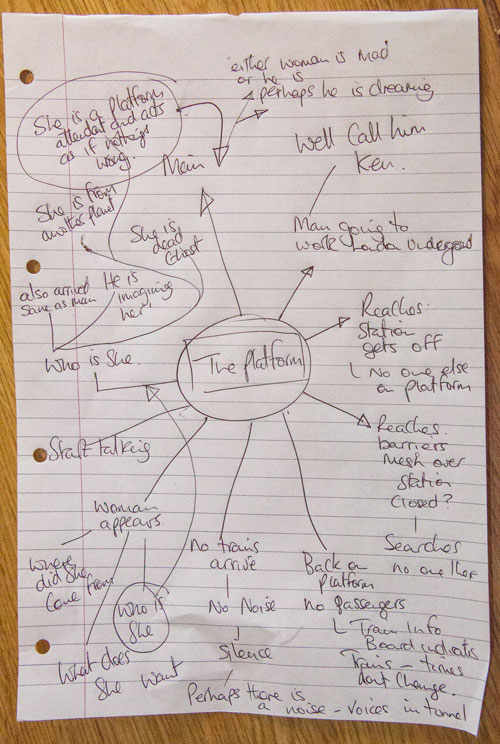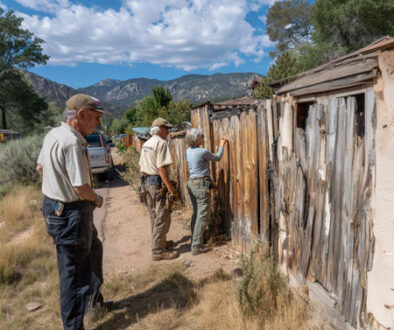Plotting the storyline – Inside the writers mind

Plotting the storyline for my books is a recent thing. When I started writing short stories I was classed as a pantser. In other words I wrote by the seat of my pants and just used to make it up as I went along.
The more I’ve read and the more I’ve listened to other authors’ methods I changed. Having now tried it myself, I’m a confirmed plotter because it’s just saving me so much time.
Pantsing is great, it’s really free, and your mind can just wander where it wants to go. It works for a few to set out without a middle and ending of some description.
It doesn’t suit everybody, but, personally, I end up getting lost just about halfway through the story.
Mind mapping helps me to clearly see where I want to go and gives me more ideas along the way. When plotting the storyline it’s easier to just refer to the mind map with all the options I have created.
It allows me to take different directions and often where I least expect it. I just let my mind wander to create these new avenues at different points in the story.
Changing from Pantsing to Plotting
As an avid listener to writers, podcasts, and articles on websites I never seem to hear an author describing what goes on inside their head while plotting out a new story, so I decided to do exactly that.
Sketching out what goes on in my head as I’m thinking about a brand new story lays it out visually. Usually, I normally start with a single idea. It will usually be the opening of the story, without considering anything else. Without thinking about the middle, or the direction the story will take to its conclusion.
There may be something in an article or a newspaper or something interesting on the television. It could be just a random spark that ignites the seed of a plot. Every time I get a thought, I add branches to it. That gives lots of options.
How does he know her?
What was she doing there?
Does she work at the station?
The ending, for me, used to be really difficult, but now with the branching of ideas the ending, I find becomes much easier. Example of how my mind is working when plotting the storyline.
The seed for this idea was planted on a tube station platform on the Circle Line, London in mid-March 2020. It was a week before lockdown in the UK and Paddington Station was like a ghost town.
I stood on the eastbound underground platform – the first time ever that I experienced being the only person on it. Having worked in London between 2010 and 2013, I have never seen this particular platform empty.


The platform was completely deserted apart from a mouse which was making the most of its peace and quiet. To be frank it was spooky and surreal.
The following rough notes (taken from the mind map) and thoughts are what went through my mind when considering the possibilities:
Plotting the Storyline: Initial thoughts and branched options of the overall story plot
Ken commutes to work in London. He has to go four stops along the tube to get there and because he does this trip every day he knows every stop – he’s on autopilot. [I used to do the same when I worked in London and watched most travellers do the same]
On the underground platform, it’s full of people. His train pulls up, it’s packed, he gets in. [Unlike my pre-lockdown experience at Paddington I wanted to start the story with some normality]
He’s just thinking to himself about work, or he could be thinking about anything as he goes along. [Thoughts to be added later – could be linked to the outcome or to enhance the character or both] Perhaps something is going on in his mind. When he reaches his station he steps onto the platform and the train pulls off. The first thing he notices is that nobody else got off the train.
This is normally a really busy platform, and at first, he thinks nothing of it. [other commuters probably wouldn’t either as most are ion a transit bubble!] Moving up the escalator, there’s nobody coming down. It starts to become a bit strange.
When he reaches the barriers to get out to the street level, the barriers are closed and he can’t get through them. Nobody is there. [ramping up the weirdness of the situation]
The mesh gates on the front are down and locked. He thinks I’m stuck here, I shouldn’t have got off. Was there some announcement, or was there something I’ve missed? Then he thinks, Well, that’s why nobody got off the platform, so okay. Why did the train stop? [There are all sorts of things going through his head. There would be quite a chunk of thought mixed in with action as there is at this point one character in the story]
He searches the station. There’s nobody there. He goes back to the platform, there are no passengers there either. He can hear no noise. There’s nothing. [Again ramping up the suspense to draw in the reader who wants to know what is going on]
Perhaps a branch off could be that there is a noise, perhaps is a distant voice and he can’t trace it. Every time he goes up to the ticket booth, there’s nobody there, but he can definitely hear somebody, or it could be a voice in the tunnels, or it could be a noise in the tunnels. [main branches to give options when drafting the finished outline – I like to keep it loose at this stage so I can have several directions to take it in]
Back on the platform, the train information board indicates the train times – arrivals and departures. As the minutes are ticking by they’re not changing at all. They’re static. He goes back up to the ticket booth and he’s getting a bit frantic. [Information board is frozen or time stopped? – again an option or maybe not related but placed for weirdness!]
He looks out through the security mesh after jumping over the barrier. The street is empty he street, no movement, no people, no cars, no noise. He goes back down to the platform. There’s a woman on the other end of the platform. Where did she come from? Who is she? What does she want? [The outside world is also abnormal and the woman on the platform with plenty of branched options]
[I give my second character more possibilities].
Where did she come from?
What does she want?
Who is she?
What if he was imagining her – a figment of his imagination?
What if he doesn’t know her?
What is he does know her?
Perhaps she is a ghost?
Is she from another planet?
Is she an alien?
Is she from a different dimension?
Many different options there.
As you can see in the mind map, there are a lot of options, lots of avenues I can take my mind down when plotting the storyline.
That’s all well and good but which route to take?
There is a multitude of options and that is the beauty of doing it this way.
What did I eventually come up with?
The Platform: This is the outline for the story I used
Ken catches the train. This is the usual train to work. Four stops later, he gets off.
The station’s deserted and no trains arriving. The barrier has closed. He can see outside that there’s no traffic. There’s nothing going on.
A blonde woman in a long pink coat runs onto the platform. She is hysterical. She can’t find her son. Then, he hears a noise in the tunnel. It is a child calling for his mother and crying. Ken looks for a phone, as his phone has no signal.
He can’t find anybody. The child is screaming.
Ken drops down onto the track and moves quickly towards the sound of the distraught child when lights appear. He runs back towards the platform but isn’t quick enough and the train kills him.
Finally,
A news report of yet another death at the derelict station where no trains stop. There have been several.
Train drivers and passengers had reported seeing a blond woman in a long pink coat holding hands with a small boy on the same platform after every a death had occurred.
The Platform: A bit of a weird short story plot!
Weird maybe but, I have quickly created a workable plot…a framework that I can embellish and hang some meat onto.
I could have taken it a different way using other branches of story development. You can see, this is a process that might not have evolved if I had been a pantser and just kicked off with Ken on the platform. I can now see an overall picture of everything on that mind map.
What I do normally tend to do at this point is to leave it. Put it aside. rest it maybe for a day or two or even longer. Sometimes, I’ve left plot outlines like this for months. When I come back, it’s intriguing to read it again because I’ve forgotten where the story was going or what the possibilities would be.
With a fresh pair of eyes, It’s amazing what you can come up with.
Just bear in mind that this is for a short story. If it was for a novella or a longer book, you might need to do a lot more preparation at the plotting stage.
The mind map might be just a small one to start with, which you could develop and feed off.
It doesn’t mean to say I won’t ‘wing’ some of it, because this is just an outline. when you’re writing a story, you can go off at a tangent and come up with some really interesting work.
I hope you found that useful. It’s the way that I have found the most effective method of plotting the storyline.
 Sometimes a big project runs out of steam and you need a break.
Sometimes a big project runs out of steam and you need a break.
This is how I got sidetracked and made a happy discovery [more…]



